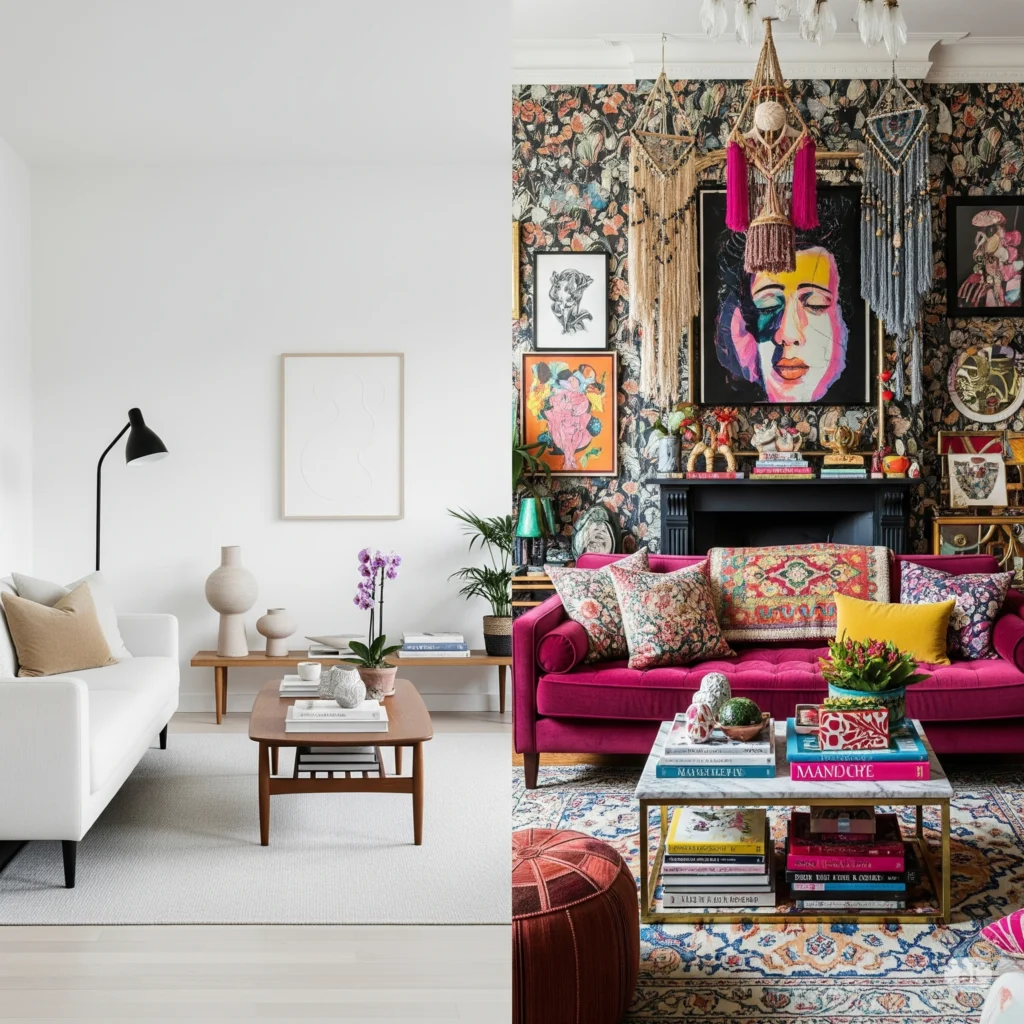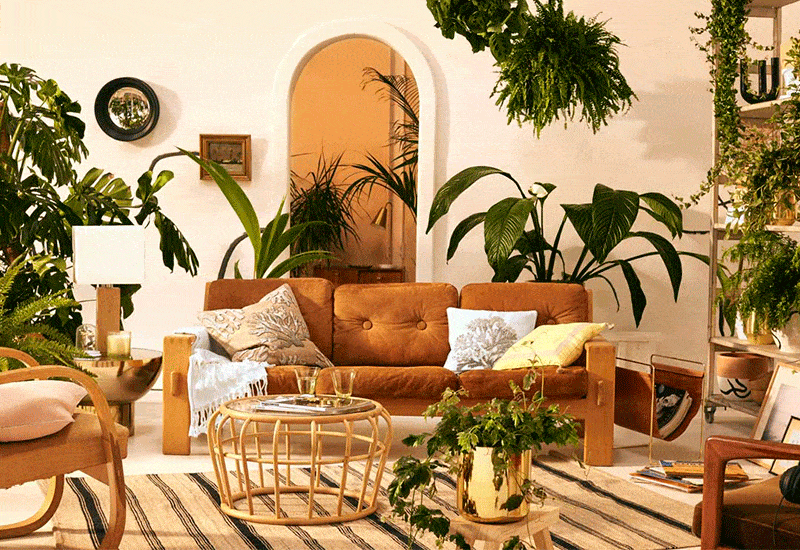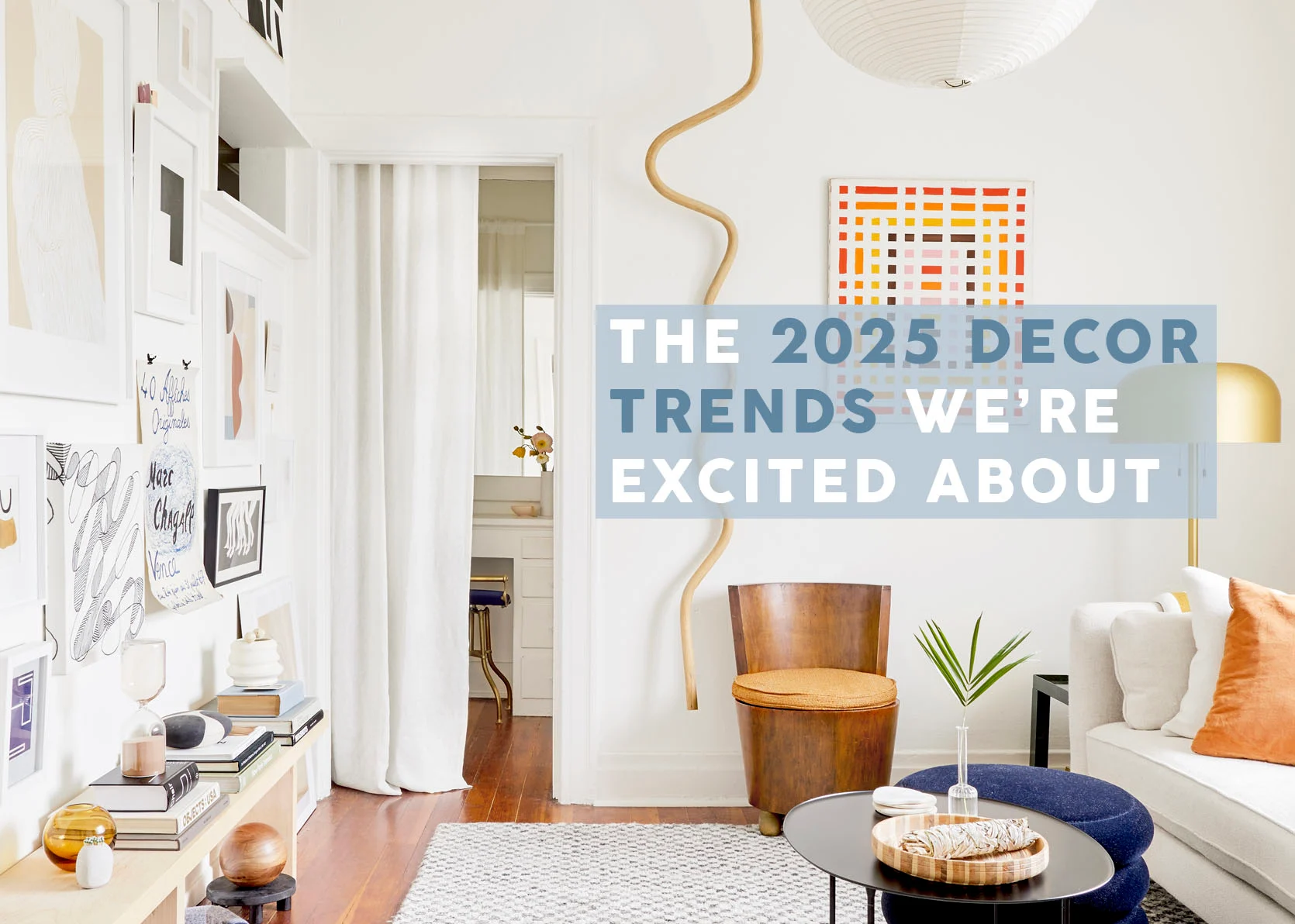In a world overflowing with choices and endless stimuli, the way we design our spaces speaks volumes about who we are. Whether curating your home, wardrobe, or digital landscape, the aesthetic you embrace reflects your personality, values, and lifestyle. Among the most talked-about design philosophies today are minimalism and maximalism — two polar opposites that trigger passionate debates and reveal deep insights about personal taste. But which style truly suits you?
This comprehensive article dives deep into the core of minimalism and maximalism, unraveling their origins, key characteristics, practical benefits, challenges, and personal impact. Whether you crave the calm simplicity of minimalism or the energetic abundance of maximalism, understanding these styles will empower you to create environments that resonate authentically.
The Power of First Impressions: Why Style Choices Matter
Imagine walking into two distinct living rooms. One has crisp white walls, a few elegant furniture pieces, and an abundance of natural light. The other is vivid, bursting with bold patterns, colorful artwork, and layers of varied textures. Both are beautiful but evoke entirely different feelings and attitudes toward space, comfort, and expression.
This juxtaposition illustrates why choosing between minimalism and maximalism is more than decoration — it reflects how you seek balance, manage your environment, and express identity. So, before deciding which camp you fall into, let’s first decode these divergent philosophies.
Understanding Minimalism: The Art of Less
Origins and Philosophy
Minimalism emerged as a reaction against the chaos and excesses of modern consumerism and design in the 20th century. Rooted in the “less is more” philosophy famously quoted by architect Ludwig Mies van der Rohe, minimalism prioritizes simplicity, clarity, and essential functionality. Stripping away the unnecessary allows every element to serve a clear purpose, creating a sense of calm and order.
Within interiors, minimalism calls for clean lines, open spaces, and a neutral palette, focusing on natural light and uncluttered layouts. The goal: to enable clarity of thought and ease of living by promoting serenity over sensory overload.
Key Characteristics of Minimalist Design
- Simplicity in Form: Streamlined furniture with unadorned surfaces, geometric shapes, and architectural precision.
- Neutral Color Palette: Whites, beiges, grays, and earth tones dominate, fostering tranquility.
- Open, Uncluttered Spaces: Prioritizes negative space to highlight essential pieces.
- Functionality: Every object must serve a purpose; superfluous decor is avoided.
- Natural Materials: Wood, stone, and metal with subdued textures create understated luxury.
Why Choose Minimalism?
- Promotes Mental Clarity: A tidy, simplified environment reduces stress and distraction.
- Easy Maintenance: Fewer items mean less cleaning and upkeep.
- Timeless Appeal: Minimalist spaces avoid trends to maintain lasting elegance.
- Flexibility and Multipurpose Use: Open spaces adapt easily to different functions.
- Encourages Mindful Consumption: Emphasizes quality over quantity when selecting belongings.
Embracing Maximalism: The Joy of More
Origins and Philosophy
Maximalism arose as a counterpoint to minimalism’s restrained ethos, fueled by a desire to celebrate abundance, personality, and creative freedom. Maximalists live by the mantra “more is more,” weaving together bold colors, diverse patterns, and rich textures into joyful, lively compositions.
This style champions emotional richness — filling spaces with objects that carry stories, passions, and memories. It thrives on eclecticism and rejects minimalism’s simplicity for energetic complexity.
Key Characteristics of Maximalist Design
- Vibrant Colors and Patterns: Bold hues mixed with striking prints and graphic details create visual excitement.
- Layered Decor: An abundance of furniture, art, textiles, and collectibles provide depth and interest.
- Eclectic Mix: Vintage finds, souvenirs, antiques, and contemporary pieces blend to articulate individuality.
- Texture Play: From velvet cushions to textured wallpapers, tactile experiences abound.
- Personal Storytelling: Each item tells a story, turning spaces into emotional and curated galleries.
Why Choose Maximalism?
- Express Individuality: Maximalism invites you to curate environments deeply infused with personality.
- Creates Visual Energy: Layers and contrasts invigorate senses, stimulating joy and inspiration.
- Invites Storytelling: Objects with sentimental value build a unique and meaningful narrative.
- Encourages Creativity: The “rules” are flexible, allowing for bold experimentation and self-expression.
- Warmth and Comfort: Despite its busyness, maximalism often feels cozy and inviting due to its layered textures and personal touches, It has been the opinion of professionals like Woods and Warner.
The Challenges of Maximalism
- Maintenance-Heavy: More items mean more cleaning, organizing, and effort to maintain visual balance.
- Risk of Clutter: Without careful curation, maximalism can feel chaotic or overwhelming.
- Requires Thoughtful Arrangement: To avoid sensory overload, maximizing aesthetic harmony demands skill and intentionality.
- Certified interior designer Julie Khuu thinks it may not be suitable for smaller spaces: dense layers can make compact areas feel cramped unless managed well.
Minimalism vs Maximalism: A Side-by-Side Comparison
| Aspect | Minimalism | Maximalism |
|---|---|---|
| Philosophy | “Less is more” – simplicity defines luxury | “More is more” – abundance celebrates personality |
| Color Palette | Neutral, subdued tones (white, gray, beige) | Bold, vibrant, and diverse colors |
| Space Use | Open, uncluttered, and functional | Layered, eclectic, and richly adorned |
| Decor Approach | Quality over quantity, minimal accessories | Eclectic mix of patterns, objects, and textures |
| Emotional Impact | Calmness, clarity, and serenity | Energy, warmth, and expressive joy |
| Maintenance | Easier upkeep, less time cleaning | More effort in cleaning and organizing |
| Personal Expression | Subtle, through select pieces | Bold, through an abundance of meaningful items |
| Suitability | Best for those who prefer order, clarity, and calm | Best for those who value creativity and vibrancy |
Which Style Matches Your Personality?

Are You a Minimalist?
You likely gravitate toward minimalism if you:
- Feel overwhelmed by clutter and seek serenity.
- Prefer environments that are calm, orderly, and functional.
- Value quality over quantity and want your space to feel spacious.
- Enjoy clean lines, natural light, and neutral tones.
- Like to focus on essentials and remove distractions for mental clarity.
Are You a Maximalist?
You align more with maximalism if you:
- Love mixing bold colors, patterns, and textures without fear.
- Collect diverse objects and cherish their stories or sentimental value.
- Enjoy creating dynamic, vibrant spaces that spark conversation.
- Prefer surroundings rich with personality and visual complexity.
- Find joy in creative freedom and expressive design.
Practical Tips for Embracing Your Style
For Minimalists:
- Choose multifunctional furniture with clean design.
- Use a limited color palette and natural materials.
- Incorporate plants or art pieces sparingly for warmth.
- Declutter regularly and be intentional about purchases.
- Focus on lighting to enhance openness and calmness.
For Maximalists:
- Start layering with rugs, cushions, and wall art in complementary colors.
- Mix old and new pieces to build eclectic charm.
- Organize objects thematically or by color to avoid chaos.
- Use vintage or upcycled items to add character and sustainability.
- Balance bold elements with grounding neutrals for cohesion.
Beyond Interiors: Minimalism and Maximalism as Lifestyles
These philosophies extend far beyond design—they influence how we approach consumption, organization, and well-being.
- Minimalist lifestyles emphasize reducing material possessions, digital detoxing, and mindful purchasing to enhance freedom and focus.
- Maximalist lifestyles encourage cultivating passions through collections, embracing diversity in experiences, and celebrating abundance in social and creative life.
Choosing between these is less about right or wrong and more about alignment with your core values and how you want to experience your environment.
Conclusion: Less or More — Which Side Are You On?
Minimalism and maximalism are not just styles; they are lenses through which we view life itself. Do you thrive in peaceful simplicity that heralds calm and order? Or do you find happiness in expressive abundance that ignites the senses? Both have profound merits, challenges, and opportunities to enrich your personal spaces and lifestyle.
Ultimately, the best style is the one that reflects your individuality, supports your well-being, and makes your surroundings a place you love to be. Whether you gravitate toward the quiet elegance of minimalism or the joyful richness of maximalism, embracing your preference with intention will transform your space from merely beautiful to deeply meaningful.
Ready to Discover More or Connect With Us?
If you’ve enjoyed exploring the world of minimalism and maximalism and are inspired to find your unique style, we’d love to support you in your journey!
Here’s How You Can Take the Next Step:
- Have Questions or Want Personalized Advice?Fill out our contact form! Our team is here to help you navigate design choices, answer your questions, and provide tailored recommendations.
- Hungry for More Inspiration?Check out our other articles published on our website. Delve into more in-depth guides, trends, and tips to elevate your living and working spaces.
Don’t wait to make your space truly yours, fill out the contact form and explore the rest of our design blog today! Your perfect style journey starts with just one click.







Leave a Reply